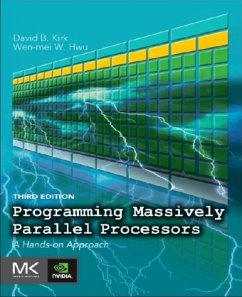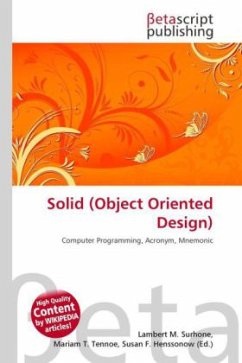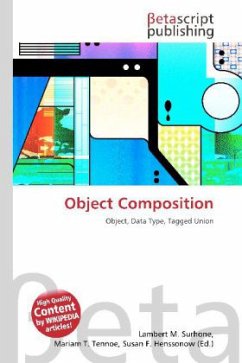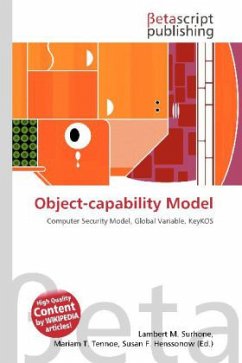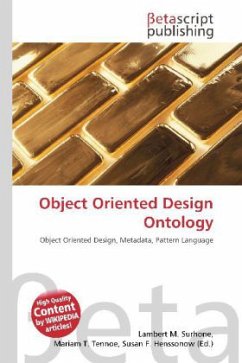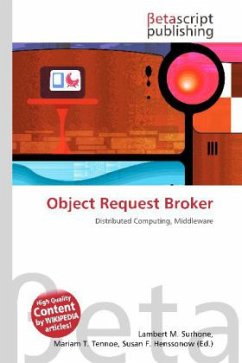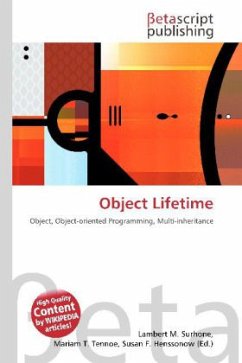
Object Lifetime
Versandkostenfrei!
Versandfertig in 6-10 Tagen
26,99 €
inkl. MwSt.

PAYBACK Punkte
13 °P sammeln!
Please note that the content of this book primarily consists of articles available from Wikipedia or other free sources online. In computer science, the object lifetime (or life cycle) of an object in object-oriented programming is the time between an object''s creation (also known as instantiation or construction) till the object is no longer used, and is destructed or freed. In object-oriented programming (OOP), the meaning of creating objects is far more subtle than simple allocating of spaces for variables. First, this is because, in the OOP paradigm, the lifetime of each object tends to v...
Please note that the content of this book primarily consists of articles available from Wikipedia or other free sources online. In computer science, the object lifetime (or life cycle) of an object in object-oriented programming is the time between an object''s creation (also known as instantiation or construction) till the object is no longer used, and is destructed or freed. In object-oriented programming (OOP), the meaning of creating objects is far more subtle than simple allocating of spaces for variables. First, this is because, in the OOP paradigm, the lifetime of each object tends to vary more widely than in the case in conventional programming. There are many subtle questions, including whether the object be considered alive in the process of creation, and concerning the order of calling initializing code. In some sense, the creation can happen before the beginning of the program when objects are placed in a global scope.



